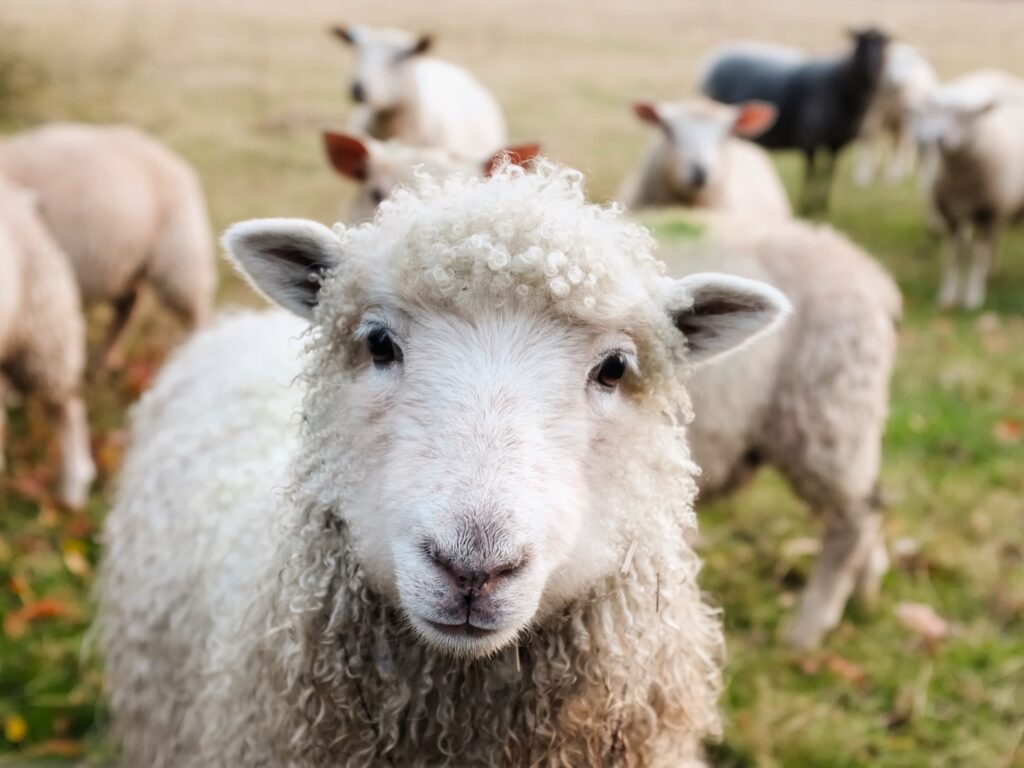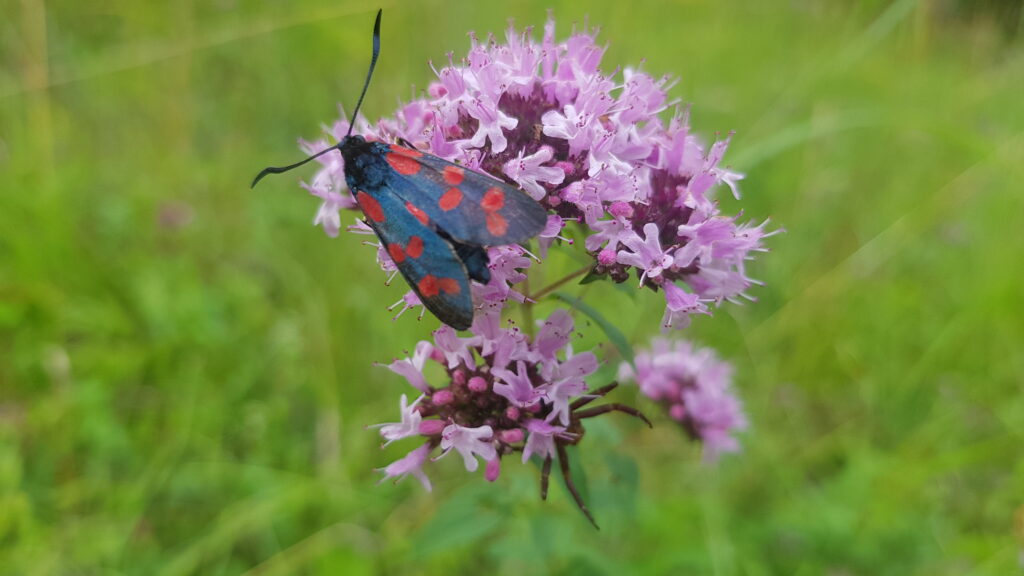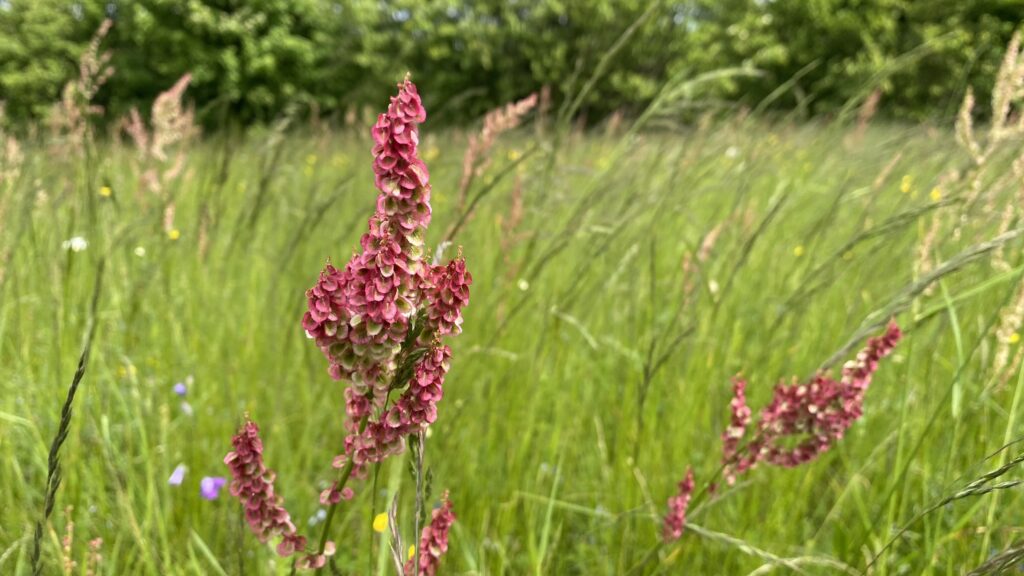WHY AND WHAT IS BIODIVERSITY FOR?
Biodiversity, or the variety of nature, is not absolutely necessary for our life. One could just as well live without books, movies, music, parks, gardens, galleries, monuments or maintaining our traditions. But would it be a quality and well-lived life? Probably not…
Diverse meadows, as well as a varied and vital landscape, can be of great importance for quality life. Not only because of their beauty and variety, but also because they teach us to care, they allow us to be in contact with nature or because they allow us or our children to be happy when the meadow blooms and hums and plays with all the colors in spring and summer .
A colorful blooming meadow can be a top nature gallery and a concert hall, where you too can spend a few hours. For many flowers, bugs and butterflies, such a meadow is also a place for a lifetime. That makes sense to us. Biodiversity. Do you understand now?
Thanks to the intensification of agriculture in the past decades, we have plenty of food. More than at any time in history. Supermarket shelves are full, hunger is a thing of the past in Europe. That is great. However, we may have gone a bit overboard and turned a colorful landscape into more of a food factory.
Flowers and insects are decreasing, it is a small miracle to meet a colorful meadow full of butterflies in the countryside. Another thing, that has changed is also the fact that today few people keep rabbits, goats or other animals at home so it is no longer necessary to dry hay for them for the winter. Small colorful meadows are not needed…
But we don't want to put up with that. With every meadow that disappears, we lose a piece of our natural wealth. The result is impoverishment and loss of biological diversity on a large part of our land.


Biodiversity of meadows cannot be maintained without a change in our approach to landscape management, and especially without educating the public and the protection and restoration of sites that still remain in the landscape as islands of biodiversity.
In our meadow habitats, the main threatening influence is leaving these formerly regularly mowed meadows fallow, which leads to their gradual degradation, overgrowth and transformation into less biologically diverse habitats. Orchids are then replaced by a few grass species or the site becomes overgrown with shrubs and trees. What a shame...
We therefore prepare a basic care plan for each selected location, which consists of ensuring one or two mowings per year with biomass cleaning, we implement mowing dates according to the development of protected species. In case of meadows that have not been managed for a long time, it is necessary first to cut out invasive trees, dig out the old grass, and then have patience and perseverance during the annual care - it takes a while before the variety of such a meadow is restored.
That is also why we plan to try to grow some species of rare native plants from seeds and then start returning the new seedlings to suitable locations. Does it makes sense? Will it work? These are the questions we ask ourselves. But for now it makes sense to us. For people, for nature, for biodiversity.

